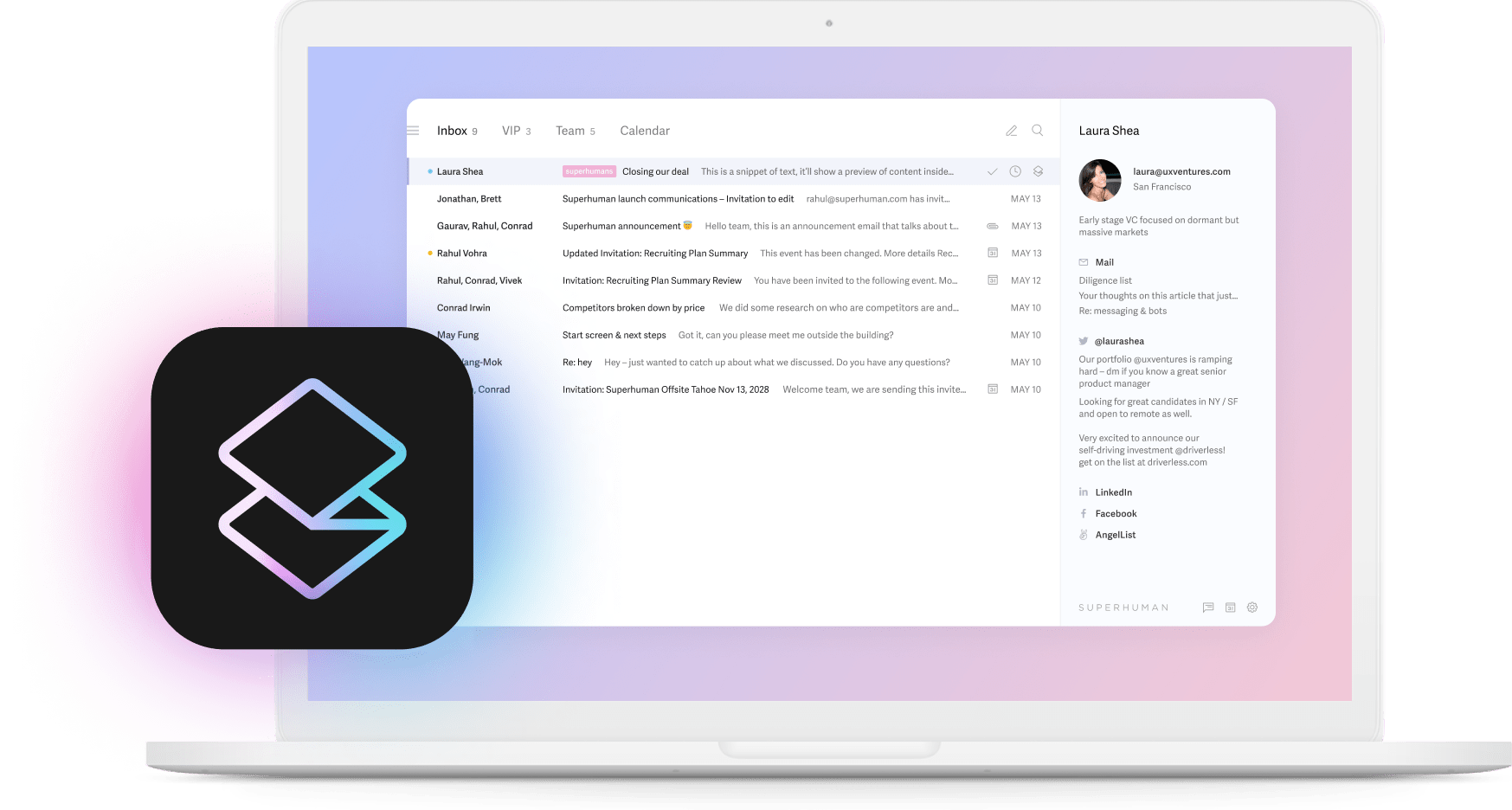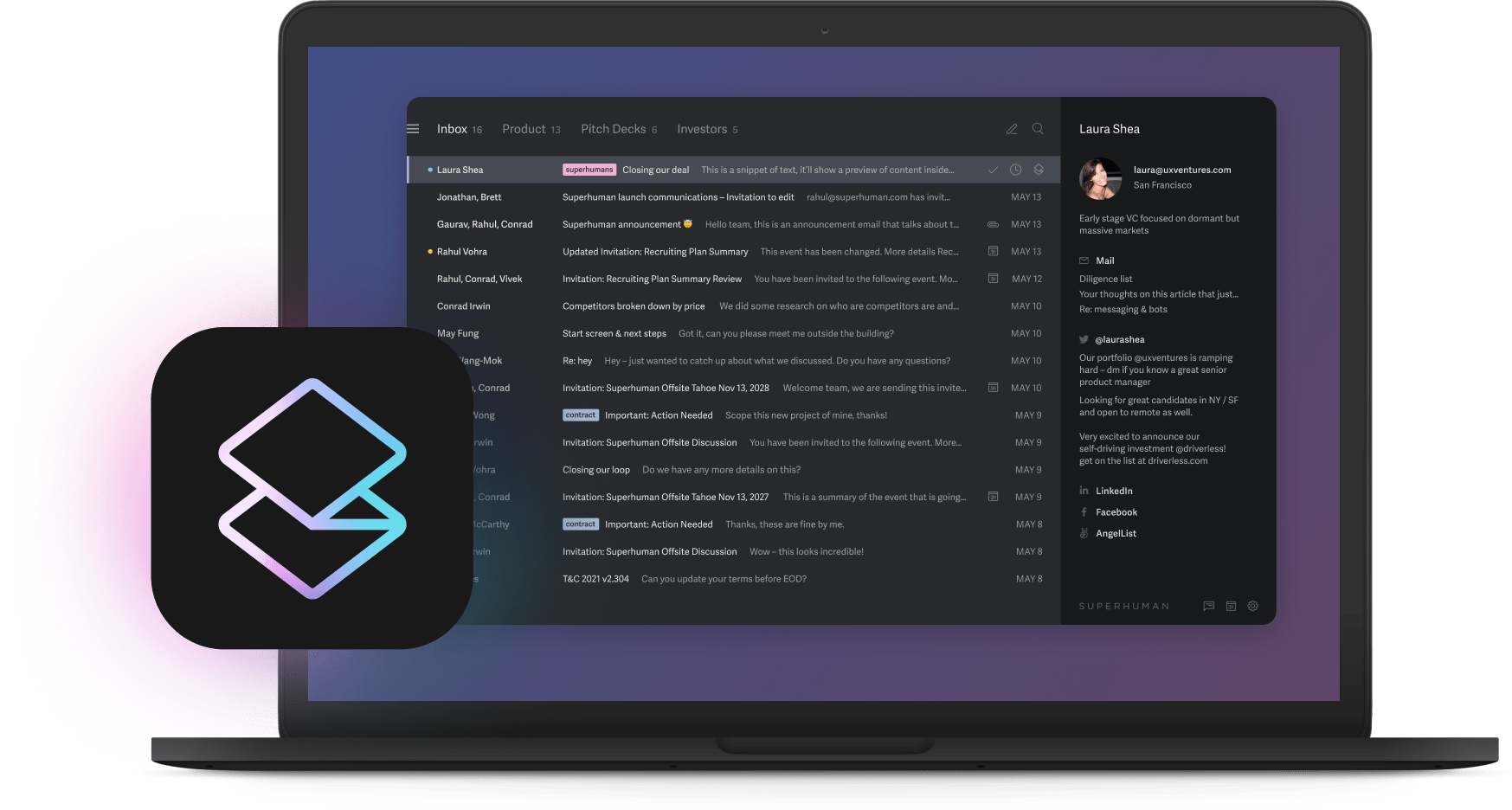
Developers are typing "build a payment flow that catches fraud" and watching AI generate the code, tests, docs, and deployment setup by lunch. By Friday, the system is learning from real transactions and getting better at spotting bad actors. Teams using AI are 242% more likely to be the most productive ones at their companies.
This shift represents AI-native development, where intelligence becomes part of the foundation instead of a tool you pick up. The teams that get this early are building software that feels alive. The ones that don't will spend years trying to catch up.
Why everything you know about development is changing
Most people think AI development means adding chatbots to apps. They're missing the real story.
Real AI-native development bakes intelligence into every part of how software works. Your code writes itself. Your tests adapt to new scenarios. Your deployments happen based on what the system learned from real usage. Your bugs get fixed before customers notice them.
Building systems where intelligence runs everything behind the scenes changes everything.
Developers become conductors
The biggest change? Developers stop being typists and become conductors.
Remember the last time you spent three hours debugging a deployment that failed because of some edge case nobody thought of? Or when you had to manually update dozens of test cases because the API changed? AI-native development eliminates most of that frustration.
Instead of writing every line of code, you describe what you want. "Make a fraud detection system that learns from new attack patterns." Then you guide the AI as it builds, tests, and deploys it. The system catches edge cases during development and updates tests automatically when APIs change.
Think about conducting an orchestra. You don't play every instrument. You make sure everything works together to create something beautiful. Same idea here.
Software that actually understands context
Here's where things get interesting. These systems don't just follow rules. They understand what's happening across your entire project.
Take that fraud detection example. In the old world, you'd spend weeks interviewing security experts, mapping out known attack patterns, writing rules for each scenario, then maintaining that system as new threats emerged. Every time criminals got creative, you'd be back to writing more rules.
With AI-native development, you describe what you want ("catch fraudulent transactions while minimizing false positives") and provide historical data. The system builds detection logic that learns from new patterns automatically. When a novel attack appears, the system adapts within hours instead of waiting for your next development cycle.
When your support team mentions that search feels slow, your deployment system factors that into what it optimizes next. When users start behaving differently, your app adapts its interface. When new security threats emerge, your defenses evolve automatically.
The software knows what's going on. Really knows.
Intelligence that learns while you sleep
Traditional software does exactly what you tell it to, forever. AI-native software gets smarter over time.
But here's what really changes everything: the system gets smarter about fraud detection while also improving user experience for legitimate customers. It notices that rushed transactions during lunch hour are usually fine, that purchases from coffee shops near someone's office are normal, that buying gifts before holidays follows predictable patterns. Traditional rule-based systems can't make those nuanced connections.
Your recommendation engine stops just showing "customers who bought this also bought" and starts understanding why people actually make purchasing decisions. Your search function stops matching keywords and starts understanding what people are really looking for. Your customer support stops following scripts and starts actually helping people solve problems.
The system improves itself. You wake up to software that works better than when you went to bed.
Humans still make the big decisions
Don't worry, we're not handing over the keys to the robots.
Developers still make the important choices about architecture, business logic, and what the software should actually do. But instead of spending time on syntax and debugging typos, you focus on the stuff that matters: making customers happy and solving real problems.
You stop playing whack-a-mole with problems and start building features customers actually want. The frustration of that week you spent optimizing database queries because the system couldn't handle new traffic patterns? The AI handles performance optimization based on real usage data while you work on what humans do best.
AI workflow automation creates systems that learn and improve on their own, making smart decisions about routine tasks so humans can focus on the creative work.
How to actually build this way
The transition feels weird at first. You have to unlearn habits that felt natural for years. But once you make the mental shift, going back feels impossible.
From code writer to code curator
Your job changes completely. Instead of typing functions all day, you manage AI-native solutions. You spend time on architecture decisions, making sure the business logic makes sense, and keeping customers happy.
The new skills you need? Learning how to write good prompts, picking the right AI models for different jobs, and testing systems that don't always behave the same way twice.
Describe what you want, not how to build it
This is the hardest habit to break. For years, we've been trained to think in terms of implementation. "First I'll create this function, then I'll call this API, then I'll handle these edge cases."
Now you think in terms of outcomes. "I want users to find what they're looking for faster." The AI figures out how to make that happen.
Writing prompts becomes an art
Getting good at prompt writing turns out to be crucial. You need to give the AI enough context to understand what you want, clear constraints so it doesn't go off the rails, and specific success criteria so you know when it got it right.
Good prompts sound like you're briefing a really smart intern. "This is for a healthcare app with sensitive data. It needs to comply with HIPAA. Response time has to be under 200ms. Here's how it should handle edge cases."
Testing systems that surprise you
Testing becomes completely different when you're dealing with systems that adapt and learn. You can't just check that function X returns value Y anymore.
Instead, you test patterns and boundaries. You make sure the system behaves reasonably when it encounters weird inputs. You verify it fails gracefully when things go wrong. You check that it doesn't drift too far from what you intended.
Getting different AI systems to work together
The really interesting stuff happens when you coordinate multiple AI systems working on different parts of a problem. One handles natural language understanding, another manages data processing, a third optimizes performance.
Think air traffic control for AI systems. Making sure the right intelligence handles the right task at the right time.
Building for uncertainty
Traditional software is predictable. AI-native software evolves. You have to design for that uncertainty.
Your architecture needs ways to explain what the system is doing, fallback options when things go sideways, and monitoring that catches problems before they affect customers.
You design systems that thrive with uncertainty rather than eliminating it.
Deploying at the speed of thought
When intelligence is built into your development process, you can push updates and optimizations way faster than traditional approaches allow.
Function level changes, continuous testing, performance optimization based on real usage data. Development cycles that used to take weeks now happen in hours.
Focusing on one thing at a time and setting realistic goals helps teams stay productive during the transition to AI-native development.
What this looks like in the real world
Theory is nice, but let's talk about actual systems serving real customers. These are production applications handling millions of users.
Superhuman built intelligence from day one
Superhuman didn't add AI features to an existing email app. They built intelligence into every layer from the ground up.
The system analyzes how you write emails to specific people and matches your tone and voice automatically. It learns continuously as you write, getting better at sounding like you without any manual training.
This foundational approach makes features possible that you couldn't build any other way. Auto Labels that actually understand what matters to you. Prioritization that gets smarter over time. Snippets that adapt to different contexts.
The results? Teams save 4 hours per person every week. They respond 12 hours faster. They handle twice as many emails in the same time. The system automatically archives hundreds of emails weekly while making inbox management feel way lighter.
Split Inbox, Instant Reply, and Real-Time Read Statuses work together as one intelligent experience instead of separate bolt-on tools.
Try SuperhumanDevelopment tools that actually understand code
The ecosystem of AI-native development tools is exploding. These systems understand entire codebases and how different pieces fit together.
Continue.dev provides AI assistance that integrates directly into your development environment. Context-aware code suggestions, automated reviews, and coordination between multiple AI agents that understand your specific project.
GitHub Copilot works as an AI pair programmer built into major development environments. It suggests code, fixes bugs, generates tests, and can work autonomously on specific tasks while staying integrated with your existing workflow.
Tabnine delivers AI code completion that learns from your team's specific patterns. Secure, customized suggestions that understand your codebase and coding style, with options for self-hosted deployment.
Amazon CodeWhisperer offers machine learning powered coding assistance designed for cloud-first development. Real-time suggestions, boilerplate generation, and secure by default code snippets optimized for AWS environments.
Machine learning platforms for everyone
DataRobot provides end-to-end automated machine learning that makes AI development accessible to non-technical team members. Automated feature selection, model training, and deployment without needing PhD-level expertise.
TensorFlow and PyTorch serve as the foundational frameworks powering AI-native applications across computer vision, natural language processing, recommendation engines, and generative AI.
Amazon SageMaker creates collaborative cloud environments for building, training, and deploying machine learning models at scale through managed infrastructure and integrated tools.
BigML offers web-based machine learning for building and deploying models without extensive coding. Regression, classification, anomaly detection, and clustering for business users across different industries.
Specialized tools for specific problems
KaneAI provides AI-native testing assistance for quality engineering teams. Natural language test creation, intelligent test planning, and automated debugging that streamlines quality assurance.
Hypermode delivers infrastructure designed specifically for building AI-native systems from scratch. Managed model hosting, integrated context engines, orchestration frameworks, and comprehensive monitoring tools.
Community and resources
The AI-Native Dev community provides resources, podcasts, and conferences focused on AI-native development practices and emerging patterns.
Google AI Studio offers Gemini API access, software development kits, and integrated code editors for prototyping AI-native applications.
RASA enables conversational AI development for building AI-native chatbots and voice interfaces with advanced natural language understanding.
H2O.ai provides open-source generative AI and machine learning platforms for solving real-world business challenges across industries.
The latest generative AI tools help teams organize information, automate documentation, and spark creativity for faster, smarter work.
Teams using AI-native automation save hours every week, respond faster, and handle more work without increasing hours through intelligent process optimization.
Why this changes everything
We're not just talking about a new way to write code. We're watching the emergence of software that thinks, adapts, and evolves.
The difference between traditional development and AI-native development goes beyond incremental improvement. When you move from static applications that follow predefined rules to dynamic systems that learn and adapt, everything changes.
The compound advantage
Teams that master AI-native development create software that gets better continuously. Traditional development creates linear improvements. You write code, it works the same way forever.
AI-native development creates exponential capabilities. The system learns from every interaction, optimizes based on real usage, and develops new capabilities you never explicitly programmed.
Early adopters don't just get a temporary head start. They establish advantages that grow larger over time as their systems learn and improve while competitors are still writing code the old way.
What happens to the companies that miss this
Companies that don't make this transition will find themselves competing against software that thinks while they're still building software that follows rules. The gap grows larger every day.
Imagine trying to compete in search while Google's algorithm learns and adapts, but your search just matches keywords. Imagine trying to compete in recommendations while Netflix's system understands viewer preferences, but yours just shows popular content.
That's the gap opening up across every industry where software matters.
The future belongs to thinking software
Five years ago, if you told a developer that their biggest competition would come from a 22-year-old with AI tools who could build in a day what used to take weeks, they'd have laughed. Nobody's laughing anymore.
The companies winning this transition share something specific: they stopped trying to make AI fit into their old development processes and rebuilt everything around intelligence. They're not adding chatbots to existing apps. They're building systems where every component gets smarter over time.
Your next hire might not know how to manually optimize database queries or debug memory leaks. But they'll understand how to orchestrate AI systems that handle those problems automatically while they focus on what customers actually need.





